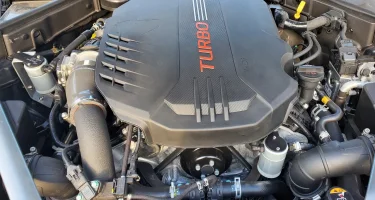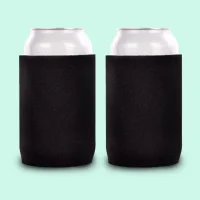Ric 'Ochet
Stinger Enthusiast
- Joined
- Feb 1, 2021
- Messages
- 583
- Reaction score
- 813
- Points
- 98
Ok. So I’ve been researching this and my head is spinning. Assuming I’m keeping my car for a long time I’m looking to add a catch can. I’ve run through multiple posts regarding blow by and which cans actually seem to do a better job. I’ve seen the options available through our vendor partners, but want to make sure I’m doing what’s best for my car.
That said, baffled seems like the right choice, though I’m confused why there are dual inlet options from some, and not from others.
Mishimoto seems to make a good can, and am leaning this way. Anyone have any insight, suggestions, etc they can offer before I purchase?
Has anyone purchased and installed the NEW baffled option from Mishimoto? Any install issues?
I would like something direct fit, but again if there’s a better option I’m willing to listen.
Thanks everyone.
That said, baffled seems like the right choice, though I’m confused why there are dual inlet options from some, and not from others.
Mishimoto seems to make a good can, and am leaning this way. Anyone have any insight, suggestions, etc they can offer before I purchase?
Has anyone purchased and installed the NEW baffled option from Mishimoto? Any install issues?
I would like something direct fit, but again if there’s a better option I’m willing to listen.
Thanks everyone.







